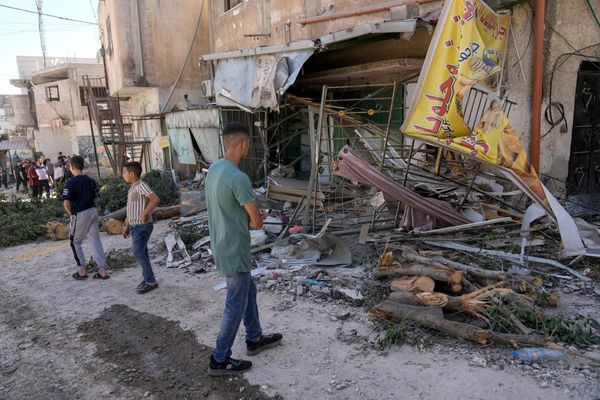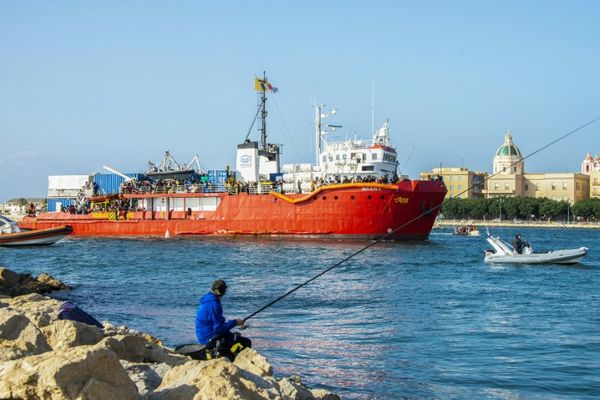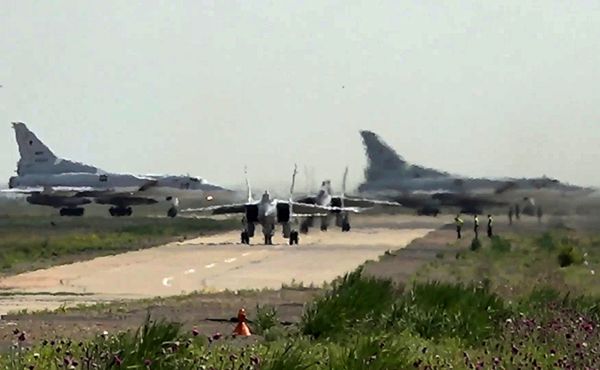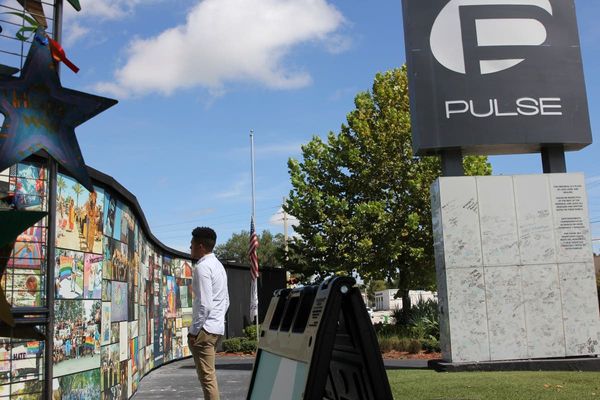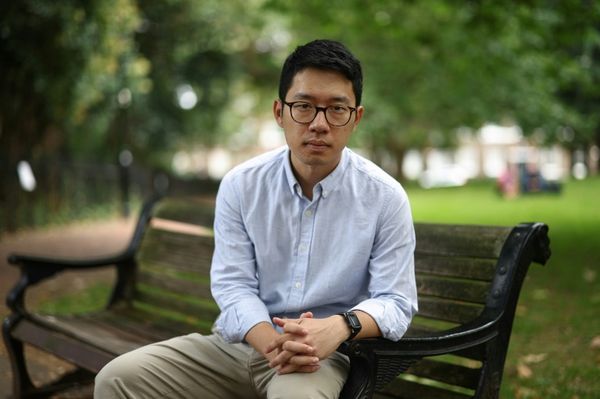
Anton Hammerl was a photojournalist. He was also my dear friend. A few days after he arrived in Libya in 2011 to document the country’s civil war, he was forcefully abducted with three other journalists by government militia loyal to Muammar Gaddafi.
He was captured on the front line near the city of Brega. When his colleagues were finally set free two months later, we discovered that he had been shot on the day of his capture. His body was left in the desert; his mortal remains are missing to this day.
Over the past 10 years, Anton’s family and friends have lobbied the British, South African and Libyan governments, as well as the UN Special Rapporteur on extrajudicial, summary or arbitrary executions, to launch an investigation into his disappearance. It has yielded no material results. So in 2019, I decided to travel to north Africa to understand the conflict, the circumstances of his capture and execution, and the absences that remain in our knowledge of what happened to him. The project was born of a series of questions: how do you tell a story when there’s no witness, no testimony, no evidence and no subject? And, moreover, how do you grieve in the absence of all of these things?
From the moment I entered Libya, I recognised the immensity of the challenge ahead. I knew straight away that it would be extremely difficult to carry out an independent and thorough investigation into the circumstances surrounding Anton’s disappearance in such a fragmented and volatile place. I had to come up with a different approach. I retraced Anton’s steps – the places he visited and the place where he met his end. I engaged with people affected by the conflict, from combatants – freedom fighters, ex-militia, Gaddafi loyalists and dissidents – to local residents. It felt like I was able to step into Anton’s shoes, even if only momentarily.
Over the course of years of research and several trips to Libya, Tunisia and Egypt, I assembled a small cast of characters I photographed, including combatants and civilians. Each reminded me of Anton, whether physically or in their mannerisms. The man in this image, whose identity I’ve kept secret, reminded me a lot of Anton. Although Anton was bald by the time he went to Libya, when I knew him as an 18-year-old he had long, flowing hair just like this man.
This photograph was taken in the desert between the city of Benghazi, on the northernmost coast of Libya, and Brega, an industrial city further down the coast where Anton was slain. The tree you see in the background grabbed me the first time I saw it: I was fascinated by how something could survive such harsh conditions, and how these living structures had survived wars and conflicts that so many people had not.
I was talking to the gentleman in front of the camera about the ethics of photography and the power dynamic between photographer and subject when, suddenly, he started rehearsing a scene of being shot in the head. He told me he would dodge bullets because of his athletic prowess and ability to bend backwards without falling.
I said it reminded me of the scene in The Matrix where Neo bends backwards to avoid bullets speeding towards him. Of course, the man in the photo had never seen it, but it felt like an uncanny moment: Anton had named one of his sons Neo.
Throughout this project, I had tried to keep a cool head, to remain rational. I didn’t realise that it was a way of me processing the bereavement. For so long I had suppressed it so I could complete the work. Only when the project was nominated in the Sony world photography awards and then won did it hit me. I stood in the room for the ceremony hearing people mutter Anton’s name – people who had never met him, and would never have the chance to – and I was overwhelmed with emotion.

Edgar Martins’ CV
Born: Évora, Portugal, 1977
Trained: Philosophy in Macau; BA in photography at University of the Arts London; MA in photography & fine art at the Royal College of Art
Influences: “The best influences are those you’re least aware of. They are like a Trojan horse. They colonise you. For me, I think Fernando Pessoa, John Stezaker, Patrick Tosani, Joseph Kosuth, Alfred Jarry, Janet Cardiff, Georges Perec and Haroon Mirza”
High point: “Winning photographer of the year at the 2023 Sony world photography awards, and being able to draw attention to the death of my friend, and the ongoing struggle of his family”
Low point: “The research I undertook for this project led me into some dark rabbit holes. At points I wondered whether I wasn’t doing myself irreparable harm engaging in the darker corners of the internet”
Top tip: “Focus on storytelling and don’t get bogged down with tech. And for those seeking to work on long term, self-structured personal projects, outside the sphere of influence and support from an institution, harness fundraising skills from an early age. They will serve you well!”
